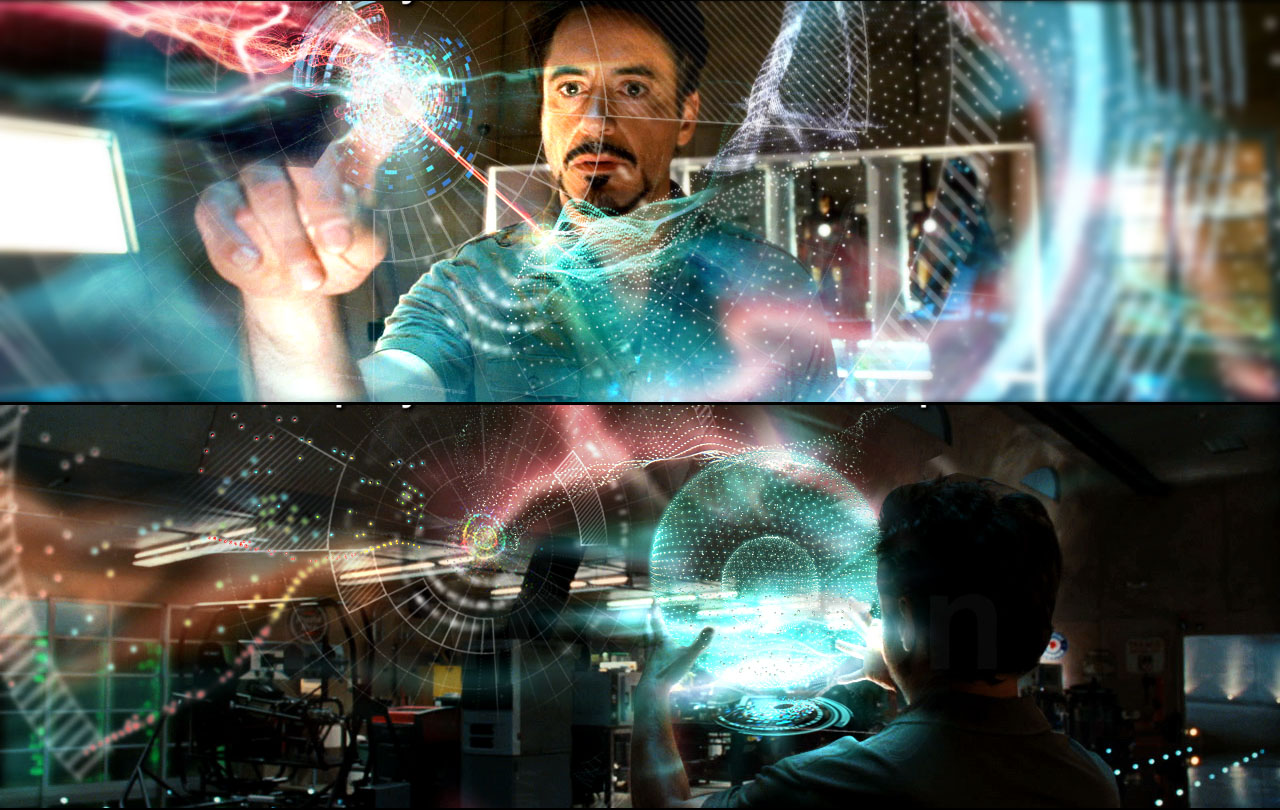
Welcome to My DREU Web-Site
Luis Felipe Jimenez is an undergraduate student at Kean University (www.kean.edu), majoring in Computer Science. He came to USA in 2005 from Colombia.
In summer 2011, Luis became a Ronald E. McNair Scholar. The McNair Program (www.kean.edu/~mcnair) promotes academic excellence by preparing low-income, first generation, and traditionally underrepresented students for doctoral studies. As a McNair scholar on summer of 2010 he had the opportunity to have his first experience doing research; his first research was called “Assessment of Computational Thinking Knowledge and tools Among High School Teachers” He developed questions for mathematics, science, and computer science teachers attending a professional development workshop at Kean University. Furthermore, he analyzed the teacher's responses to those questions. This data is contributing to a larger study on the tools used by high school teachers to teach computational thinking to their students. He conducted this research under his advisor Dr. Patricia Morreale, chairperson of the Department of Computer Science at Kean University. This work was published as followed, “Measuring the Impact of Computational Thinking Workshops on High School Teachers”.
In 2011, during the scholar year 2011 – 2012, Luis was a member of the Collaborative Research Experience for Undergraduates (CREU) research team funded by the CRA-W from this research a research paper was published, “Attracting High School Students to Computing: A Case Study with Drag-Drop Interfaces” in the ED Media conference. Which obtained the First Place Best Research Paper Award, as well as the First Place Best Undergraduate Research Project Award according to the Phi Kappa Phi Honor Society. As well, Luis presented a poster of the research project in April 2011, during the Research Day at Kean University.
In 2011, Luis was awarded with the National Science Foundation (NSF) Computer Science Scholarship with a total of $8,500.00 per year for a period of two years. This scholarship was given to potential Computer Science students at Kean University.
In summer 2012, Felipe got accepted to the Distributed Research Experience for Undergraduates (DREU) summer research program at Clemson University in the Human Centered Computing Lab. During his summer research program, he worked in several projects such as Brain Computer Interface (BCI).
Luis has succeeded in the extra curricular activities as well. He is the Secretary of the Association for Computing Machinery (ACM) Kean University Chapter (www.kean.edu/~acm). Also, he was a member for two years of the Club Colombia at Kean University. He has several hobbies, where one of them is photography. After taking the photography class he became more interesting on this field. As well, on his free time he likes to go backpacking or hiking with his friends. He is a nature and technology lover. For more professional information about me Click here or Contact me at: jimluis@kean.edu
Summer Projects
This summer I am going to work in three research projects in the Human-Centered Computer at Clemson University. I will be the student leader for the Active BCI project. In order to advance on my BCI knowledge, I have been reading some research papers and watching videos about how the brain works, how to analyze the brain waves and how to understand their pattern, meaning, shapes and behavior. Also, I found in one of the research papers the formula to measure the engagement level with the brain waves, which it is essential for these researches project. As well, I found the 3 types of arousal and how to identify them with the brain waves.
ACTIVE BCI
This project is still in the development stage. We are waiting for the approval of our project ideas. For now, we are doing literature review about previous BCI research studies with the emotiv device.
DRIVING SIMULATOR
I am going to be part of an on-going research project that investigate the effect of a driver's emotional state on driving performance in a simulator. I am going to be working on the BCI team which will measure the an analyze the emotional states of the participants.
EMOTION ELICITATION
The focus of the project is the "Electrodermal Activity" a measure of emotional arousal. I am going to be working on the BCI team, which will measure the an analyze the engagement level of the participants.
Fields of interest



HUMAN COMPUTER INTERACTION (HCI)
HCI involves the study, planning, and design of the interaction between people (users) and computers. It is often regarded as the intersection of computer science, behavioral sciences, design and several other fields of study.
ROBOTICS
Robotics is the branch of technology that deals with the design, construction, operation, structural disposition, manufacture and application of robots and computer systems for their control, sensory feedback, and information processing.
BRAIN COMPUTER INTERFACE (BCI)
BCI is a direct communication pathway between the brain and an external device. BCIs are often directed at assisting, augmenting, or repairing human cognitive or sensory-motor functions.

Juan E. Gilbert is an IDEaS Professor and Chair of the Human-Centered Computing Division in the School of Computing at Clemson University (http://www.HumanCenteredComputing.org/). Dr. Gilbert has published more than 100 articles, given more than 150 invited or keynote talks and obtained more than $10 million dollars in research funding. He has graduated more than 50 graduate students. Currently, the HCC Lab supports more than 15 graduate and undergraduate students under Dr. Gilbert's direction.
Dr. Gilbert has research projects in Spoken Language Systems, Advanced Learning Technologies, User Interfaces (Usability), Ethnocomputing (Culturally Relevant Computing) and Databases and Data Mining. His research deals with innovative solutions to real world problems. For example, Dr. Gilbert is the creator of Applications Quest, http://www.ApplicationsQuest.com, a data mining software tool that addresses race-conscious admissions and school placement policies. He is also the inventor of Prime III, http://www.PrimeVotingSystem.com, an innovative secure, multimodal electronic voting system. Finally, he is the inventor of the African-American Distributed Multiple Learning Styles Systems, http://www.aadmlss.org, which is a culturally relevant advanced learning technology.
He is an ACM Distinguished Scientist and a Senior Member of the IEEE Computer Society. Dr. Gilbert was named one of the 50 most important African-Americans in Technology by eAccess Corp. He was also named a Speech Technology Luminary by Speech Technology Magazine and a national role model by Minority Access Inc. Dr. Gilbert is also a National Associate of the National Research Council of the National Academies. Recently, Dr. Gilbert was named a Master of Innovation by Black Enterprise Magazine, a Modern-Day Technology Leader by the Black Engineer of the Year Award Conference, the Pioneer of the Year by the National Society of Black Engineers and he received the Black Data Processing Association (BDPA) Epsilon Award for Outstanding Technical Contribution. In 2002, Dr. Gilbert was named one of the nation's top African-American Scholars by Diverse Issues in Higher Education. Dr. Gilbert also testified before the Congress on the Bipartisan Electronic Voting Reform Act of 2008 for his innovative work in electronic voting. In 2006, Dr. Gilbert was honored with a mural painting in New York City by City Year New York, a non-profit organization that unites a diverse group of 17 to 24 year-old young people for a year of full-time, rigorous community service, leadership development, and civic engagement. For more information about Dr. Gilbert Click Here.